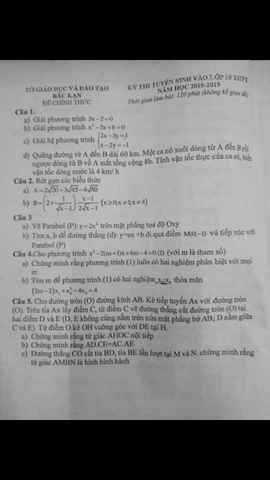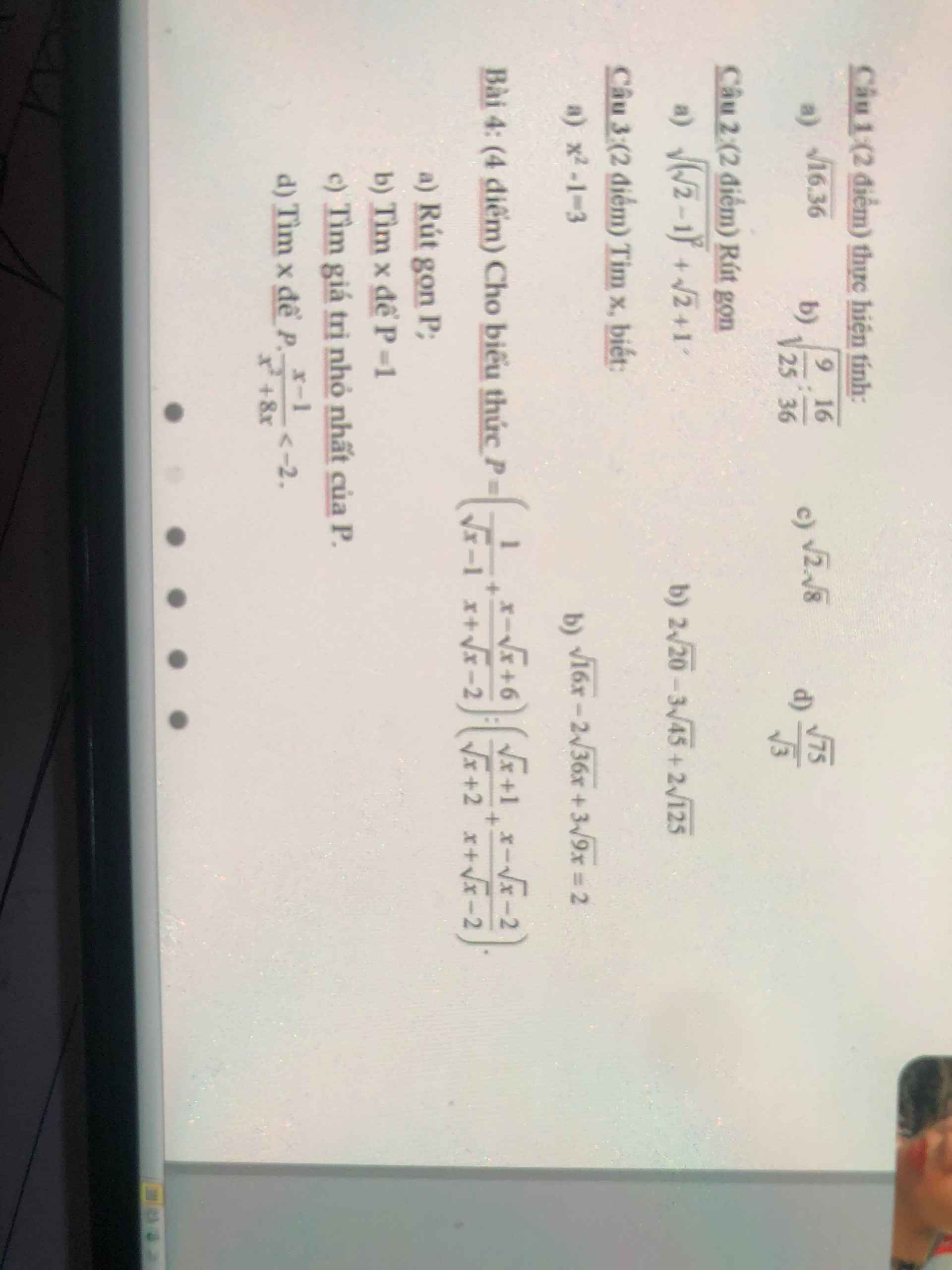
Hãy nhập câu hỏi của bạn vào đây, nếu là tài khoản VIP, bạn sẽ được ưu tiên trả lời.


a) Thay m=3 vào hệ pt, ta được:
\(\left\{{}\begin{matrix}x+3y=3\\3x+4y=6\end{matrix}\right.\Leftrightarrow\left\{{}\begin{matrix}3x+9y=9\\3x+4y=6\end{matrix}\right.\)
\(\Leftrightarrow\left\{{}\begin{matrix}5y=3\\x+3y=3\end{matrix}\right.\Leftrightarrow\left\{{}\begin{matrix}y=\dfrac{3}{5}\\x=3-3y=3-3\cdot\dfrac{3}{5}=\dfrac{6}{5}\end{matrix}\right.\)
Vậy: Khi m=3 thì hệ phương trình có nghiệm duy nhất là \(\left(x,y\right)=\left(\dfrac{6}{5};\dfrac{3}{5}\right)\)


a) Thay m=3 vào hệ phương trình, ta được:
\(\left\{{}\begin{matrix}x+3y=3\\3x+4y=6\end{matrix}\right.\Leftrightarrow\left\{{}\begin{matrix}3x+9y=9\\3x+4y=6\end{matrix}\right.\)
\(\Leftrightarrow\left\{{}\begin{matrix}5y=3\\x+3y=3\end{matrix}\right.\Leftrightarrow\left\{{}\begin{matrix}y=\dfrac{3}{5}\\x=3-3\cdot\dfrac{3}{5}=\dfrac{15}{5}-\dfrac{9}{5}=\dfrac{6}{5}\end{matrix}\right.\)
Vậy: \(\left(x,y\right)=\left(\dfrac{6}{5};\dfrac{3}{5}\right)\)

Ghi sai đề đúng ko bạn? Bài này đúng hình như là chứng minh nó có nghiệm hay vô nghiệm chứ???



\(\Leftrightarrow\left(x^2+9\right)\left(x^2-8x+16+1\right)=6x\)
\(\Leftrightarrow\left(x^2+9\right)\left(x^2-8x+16\right)+x^2+9-6x=0\)
\(\Leftrightarrow\left(x^2+9\right)\left(x-4\right)^2+\left(x-3\right)^2=0\)
\(\left(x^2+9\right)\left(x-4\right)^2\ge0\)
Dấu "=" xảy ra <=> x=4
\(\left(x-3\right)^2\ge0\)
Dấu "=" xảy ra <=> x=3
\(\Rightarrow\left(x^2+9\right)\left(x-4\right)^2+\left(x-3\right)^2\ge0\)
Dấu "=" xảy ra <=> đồng thời x=4 và x=3 -> vô nghiệm

Câu 3:
a) Ta có: \(x^2-1=3\)
\(\Leftrightarrow x^2=4\)
hay \(x\in\left\{2;-2\right\}\)
b) Ta có: \(\sqrt{16x}-2\sqrt{36x}+\sqrt{9x}=2\)
\(\Leftrightarrow4\sqrt{x}-12\sqrt{x}+3\sqrt{x}=2\)
\(\Leftrightarrow-5\sqrt{x}=2\)(Vô lý)
 giải hộ mk câu 2 nha
giải hộ mk câu 2 nha





2. ĐKXĐ: \(x\ge0,x\ne1\)
\(P=\left(\sqrt{x}-\dfrac{x+2}{\sqrt{x}+1}\right):\left(\dfrac{\sqrt{x}}{\sqrt{x}+1}-\dfrac{\sqrt{x}-4}{1-x}\right)\)
\(=\dfrac{x+\sqrt{x}-x-2}{\sqrt{x}+1}:\left(\dfrac{\sqrt{x}}{\sqrt{x}+1}+\dfrac{\sqrt{x}-4}{\left(\sqrt{x}-1\right)\left(\sqrt{x}+1\right)}\right)\)
\(=\dfrac{\sqrt{x}-2}{\sqrt{x}+1}:\dfrac{\sqrt{x}\left(\sqrt{x}-1\right)+\sqrt{x}-4}{\left(\sqrt{x}-1\right)\left(\sqrt{x}+1\right)}=\dfrac{\sqrt{x}-2}{\sqrt{x}+1}:\dfrac{x-4}{\left(\sqrt{x}-1\right)\left(\sqrt{x}+1\right)}\)
\(=\dfrac{\sqrt{x}-2}{\sqrt{x}+1}.\dfrac{\left(\sqrt{x}-1\right)\left(\sqrt{x}+1\right)}{\left(\sqrt{x}-2\right)\left(\sqrt{x}+2\right)}=\dfrac{\sqrt{x}-1}{\sqrt{x}+2}\)
\(P=\dfrac{1}{2}\Rightarrow\dfrac{\sqrt{x}-1}{\sqrt{x}+2}=\dfrac{1}{2}\Rightarrow2\sqrt{x}-2=\sqrt{x}+2\Rightarrow\sqrt{x}=4\Rightarrow x=16\)
b) Ta có: \(P=\dfrac{\sqrt{x}-1}{\sqrt{x}+2}=1-\dfrac{3}{\sqrt{x}+2}\)
Ta có: \(\sqrt{x}+2\ge2\Rightarrow\dfrac{3}{\sqrt{x}+2}\le\dfrac{3}{2}\Rightarrow1-\dfrac{3}{\sqrt{x}+2}\ge-\dfrac{1}{2}\)
\(\Rightarrow P_{min}=-\dfrac{1}{2}\) khi \(x=0\)